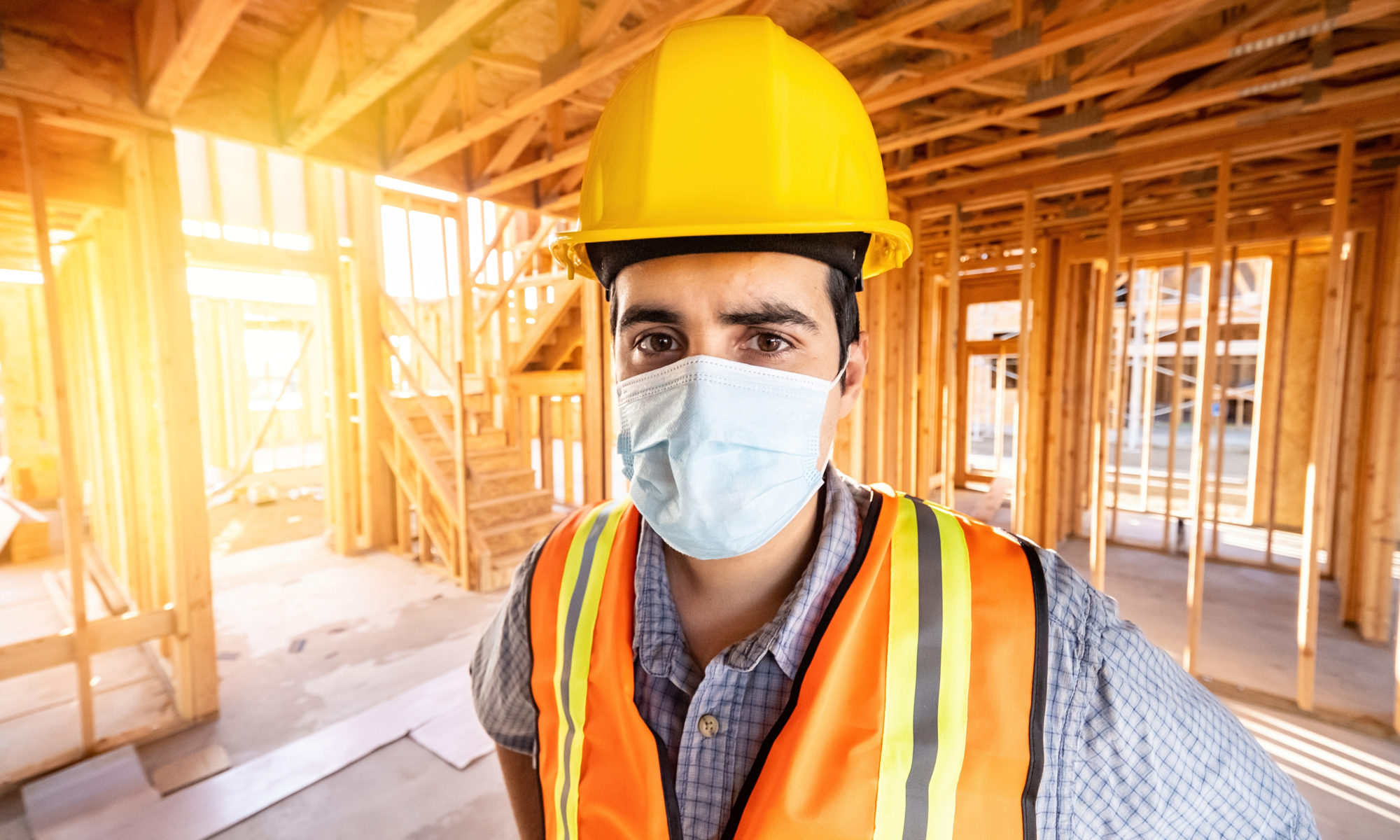The COVID-19 pandemic has touched many areas of the building industry, and the trim and moulding category is no exception. As a product that lends itself to quick yet dramatic facelifts, trim was an easy upgrade option for DIYers and pros alike as the pandemic shifted from closures and uncertainty last spring to a surge in demand for home improvement products and services.
What has this all meant for dealers? In its annual In Depth look at the trim category, LBM Journal explored the latest trends and what dealers can do to keep adapting in uncertain times.
Here are a few of their findings:
Trim Products Are Thriving Through the Pandemic
While the industry initially shut down in many areas, home improvement projects quickly ramped up as homeowners sought to complete long-neglected projects and spruce up their interiors and exteriors. Manufacturers told LBM Journal that the trim category is likely to continue to grow significantly in the next 12 months, a prediction backed up by the “2020-2025 Global Molding and Trim Market Report.” In addition, “according to a recent Bank of America poll about homeowners’ attitudes and shopping habits during coronavirus, more than 70% of those polled indicated they have decided to tackle home improvement projects, with more planned for 2021,” the magazine reported.
“As stay-at-home recommendations stretch through the winter, we expect the surge in demand to remain as homeowners continue to seek to make their homes their sanctuary and buyers scoop up new and existing homes that meet their changing lifestyle needs,” Boral Building Products Brand Manager Ben Drury told the magazine. “But lead times should continue to improve as manufacturers catch up, and supply challenges should ease.”
Bold Colors
The trend toward dark trim colors remains strong. In addition, “there’s still a strong desire for multi-textured facades as well as contrasting siding and trim colors,” Drury said. “Both our [poly-ash] TruExterior Trim and [cellular PVC] Kleer Lumber trimboards are a perfect fit for those color combinations. TruExterior Trim’s poly-ash technology allows it to be painted any color, including black, so it’s perfect for the white-siding-with-dark trim trend.”
Bold colors are popping up on the interior, as well, manufacturers said.
Clean Styles
The desire for Modern Farmhouse looks continues unabated in many areas of the country, leading to trim profiles that are more simple and clean in style, the article states.
Ease of Installation
The trend toward sprucing up homes in the pandemic has driven more LBM dealers to push installation-friendly options. LBM Journal cited consumer studies from The Farnsworth Group and the Home Improvement Research Institute reporting that 80% of homeowners had started a DIY home project by June of last year. Along with the simple fact that homeowners were stuck quarantining, they also are getting a confidence boost from online resources such as YouTube and Pinterest. Savvy dealers, even those that typically cater only to pros, have recognized this surging customer opportunity and have responded with increased support and product guidance.
Back to Basics
As we proceed through this year with a bit of caution, some manufacturers recommend that dealers stick to basic strategies, including taking advantage of educational resources for increasing foot traffic and visibility, diversifying your product lines to include alternative trim materials, and maintaining your knowledge base. “The best thing dealers can do for their customers is to be truly knowledgeable about the products they sell—and even those they don’t sell,” Drury told the magazine. “This will help ensure they can recommend to contractors the right solution to each project, making them even more valuable to those customers.”
And this includes taking advantage of ever-growing opportunities for virtual training sessions. To arrange for product knowledge and installation virtual training for Boral Building Products brands, including TruExterior and Kleer as well as siding brands like Versetta Stone and Foundry, contact us here.
All told, LBM Journal paints a positive picture for the year ahead: “When taken together, all of these changes and challenges point to an optimistic year for the moulding and trim industry,” they concluded. “Yes, LBM dealers will need to remain agile so that they can quickly adapt how they do business in response to any continued (or even new) restrictions from the continuing health crisis. But by staying atop training and education and by being prepared to meet the anticipated increasing demand for trim products by both pro and DIY customers, dealers will position themselves to reap the greatest gains.”
To read more trim trends and insights into today’s trim market, view the LBM Journal article in its entirety here.



